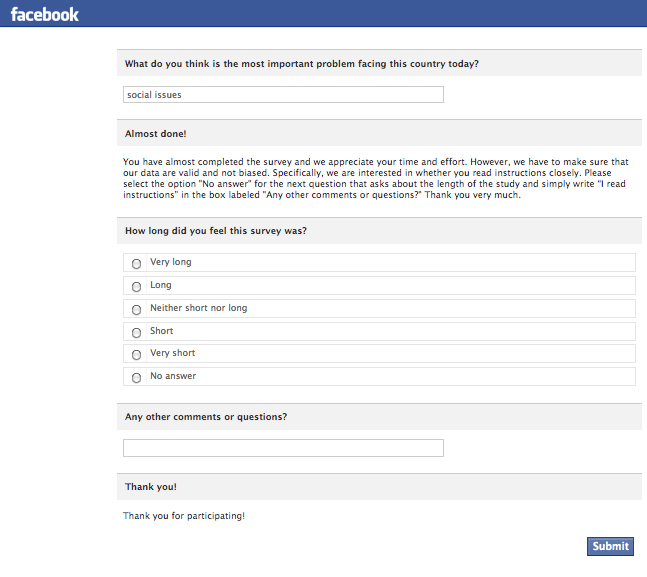You seem to be concerned with reliability, and more specifically internal reliability. Internal reliability testsis the degree to which different questions are measuring the same construct. This concept is used often in psychology and is usually measured using Cronbach's alpha. However, it is typically used to measure the reliability of a test, and not the reliability of an individual.
As Jeromy Anglim points out, I think it's important to consider the goal here. Using a two question Likert scale is probably not good enough to reliably detect outliers: What if the respondent checked all '4s' on a 7-point Likert scale? Reversing the scale would have no effect.
One alternative approach is to employ an instructional manipulation check (Oppenheimer et al., 2009). The gist of the technique is to trap participants into answering a question in a specific way that they could only have done by reading the instructions carefully. Here is an example from a survey administered by Facebook:

While this technique may throw out a few good participants, it will almost certainly raise the signal-to-noise ratio of your data by only including participants who followed instructions and read questions before answering.
Another tried and true technique is to use a computer-administered test and look at reaction times. You may be able to throw out a few responses (or whole participants) by simply looking for outliers in response time that are below the mean.
Oppenheimer, D. M., Meyvis, T., & Davidenko, N. (2009). Instructional manipulation checks: Detecting satisficing to increase statistical power. Journal of Experimental Social Psychology, 45(4), 867-872.